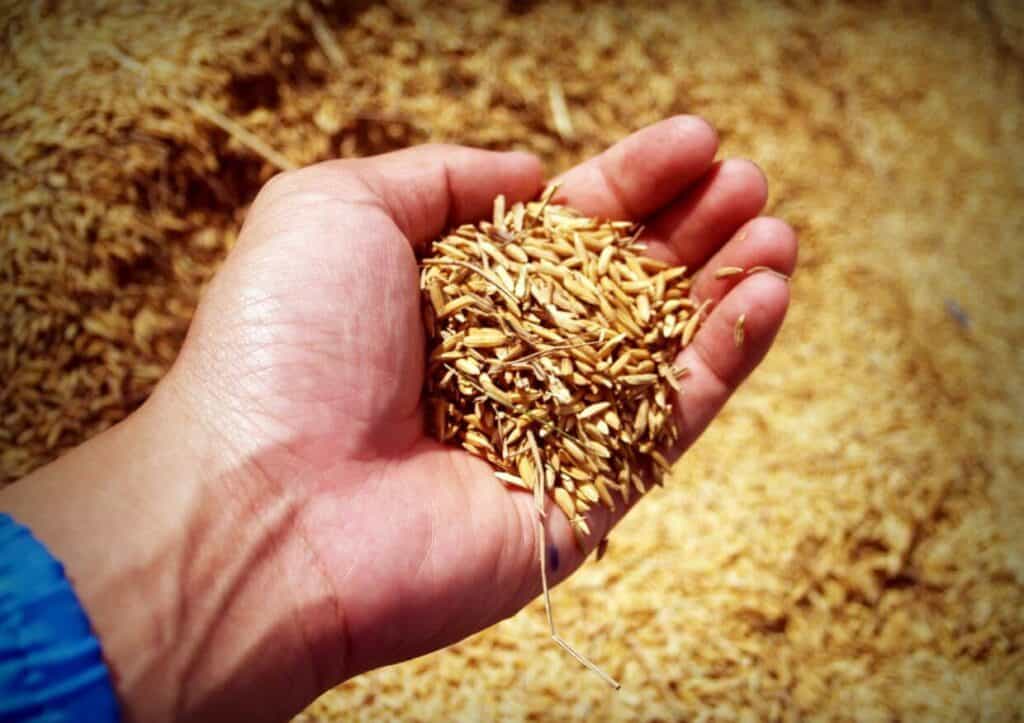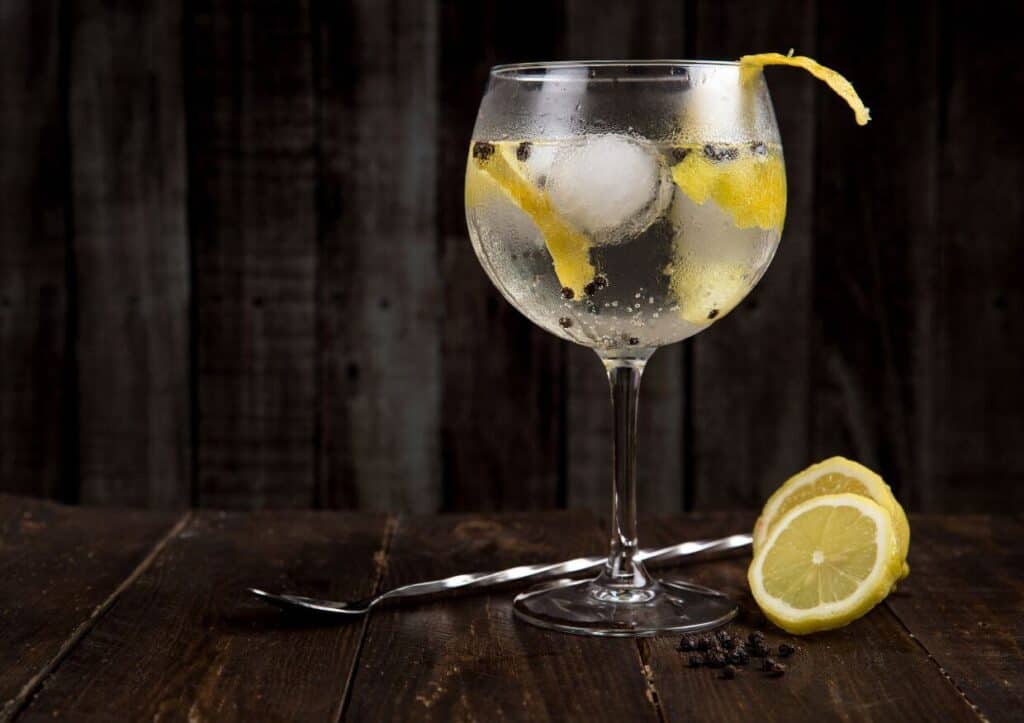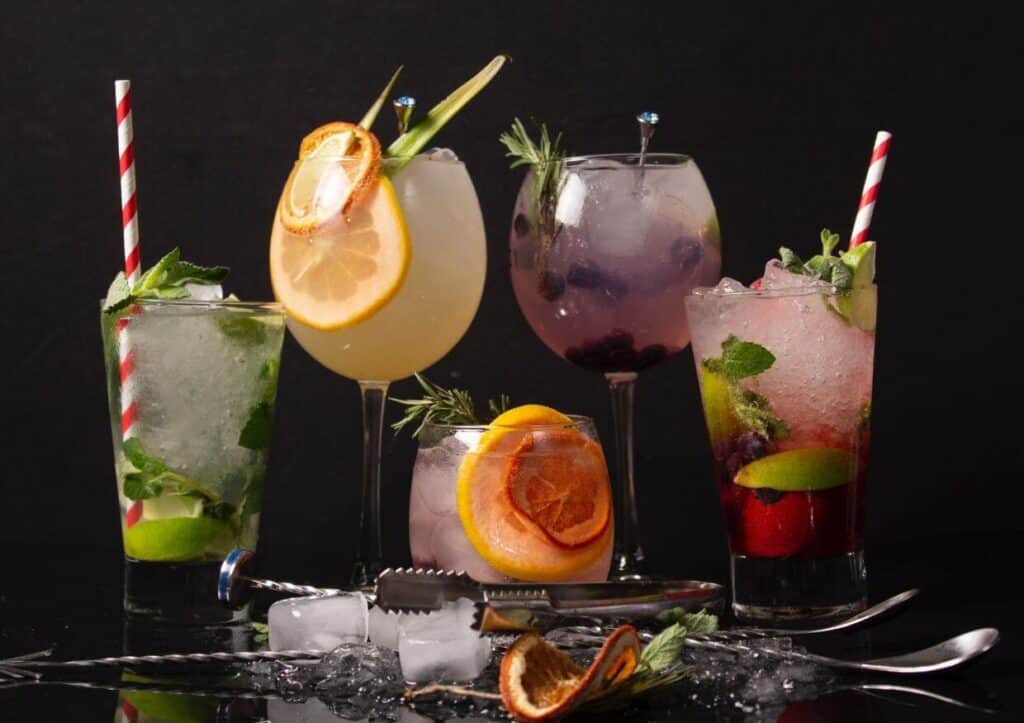It’s one of the most popular alcoholic beverages, but do you know what goes into making vodka? As it turns out, quite a bit is involved in the production of this classic spirit.

Vodka has been a popular and widely enjoyed spirit for centuries. It is one of the most versatile spirits, used in everything from limoncello to shots and even cooking. But what exactly is vodka? To get to the bottom of this mystery, let’s take a closer look at the production of this spirit.
Ingredients used to make vodka are traditionally potatoes, grain, or sugar beet molasses. The base ingredients undergo a distillation process to remove impurities until reaching the desired purity level. After that, the liquid may be filtered through activated charcoal or other materials to remove any remaining sediment before bottling and consumption.
Vodka production can use many different types of bases. Variations of the base ingredients allow for many unique flavor profiles. These flavors range from light and crisp to sweet or even smoky.
What Grain Is Vodka Made From
When it comes to making vodka, the first step is grain selection. The type of grain you choose for this process will heavily influence the flavor and texture of the final product. Grains such as barley, corn, rye, and wheat are all popular choices, each providing unique characteristics.
For example, wheat-based vodkas tend to be smooth and creamy with a hint of sweetness. Rye-based vodkas can be spicier, while an earthy flavor profile often characterizes barley-based vodkas. Corn-based vodkas offer a light flavor that allows other ingredients to shine more prominently in the finished product. Additionally, many distilleries blend different grains to create specific desired flavors and textures in their vodka creations.

Milling & Mashing
To make vodka, milling and mashing of grains are required. Milling is essential in making vodka as it breaks down the grains into smaller pieces. The grain is then mixed with water to form a slurry that contains enzymes and starches. This mixture is called mash, which ferments for several days before being distilled.
The mashing process helps convert the starches in the grain into sugar, which eventually ferments into alcohol during distillation. During mashing, manufacturers use different temperatures depending on the type of grains used and the distillation process. Softer grains require warmer temperatures, while harder grains need cooler temperatures during mashing. Depending on what type of spirit you’re making, this step can take up to several hours to complete correctly.
Fermentation
Vodka is one of the most popular spirits in the world, but many people need to realize how much work goes into making it. To fully understand what vodka is made from, we must take a closer look at each step of its production process. Step three in this process is fermentation.
Fermentation happens when yeast breaks down the sugars found in grains or potatoes and converts them into alcohol. This step creates ethanol and carbon dioxide, byproducts that become part of the final product. The amount of time required for fermentation depends on the type of grain used and can range anywhere from two days to weeks or even months. It’s also important to note that some distilleries will use fruit-based ferments while others may add sugar or honey during this process.
Distillation
Vodka is a spirit made from fermented grains. Distillation, the fourth step, creates a clear, potent beverage. This step heats the liquid to separate its different components based on boiling point and then condenses them into a concentrated form. This method of purifying vodka removes impurities and leaves behind a drink with high alcohol content.
Distillation of vodka typically occurs three times, creating a higher quality product that you can enjoy alone or mixed in cocktails. During this step, the mash, or “low wines,” are heated up through either direct fire or steam coils and then condensed in separate tanks for rectification before being distilled repeatedly until achieving the desired results. Distillation should produce a clean-tasting spirit that contains no trace of its original ingredients but has retained its flavor profile.
Flavoring & Filtering
If you’ve been following along with making vodka, you know that the fifth step is flavoring and filtering. After the grains have been fermented, distilled, and blended with water to create a delicious base spirit, it’s time to kick it up a notch.
Flavoring is an optional step in vodka-making, but it has become increasingly popular in modern times as many unique flavors are now available, from traditional favorites like citrus to more complex mixtures such as ginger-wasabi or basil-lemon. Depending on the desired flavor profile and strength, fruits, vegetables, herbs, spices, or other flavorings are added directly into the spirit at this stage and macerated for anywhere between one week to several months for flavored vodka.

Ways To Enjoy Vodka
You can enjoy the spirit in many different ways. Here are the most common ways that people drink it:
- Neat: Vodka served at room temperature without any mixers or additions.
- On the rocks: Vodka served over ice.
- Combined with various cocktail mixers: People often mix the spirit with juice, soda, or tonic.
Popular cocktails made with vodka include the classic Moscow Mule, Cosmopolitan, and White Russian. You can also use it to make a creamy and indulgent espresso martini with Bailey’s. If you’re feeling adventurous, you can create unique vodka-based drinks by combining different flavors and ingredients, like this Skrewball White Russian Recipe.
Another way to enjoy vodka is to infuse it with herbs, fruits, vegetables, and spices for added flavor. Steeping various flavors into the spirit is a great way to experiment with different ingredients to create unique flavors.
Susannah Brinkley Henry, a cocktail blogger at Feast and West, says “Vodka is a lovely versatile spirit. It works as a wonderful blank slate for lots of cocktails. A great way to take spirit to the next level is to infuse it with fruits or spices to give it a new flavor. Some great places to start are
To infuse your vodka at home, you’ll need to start with a high-quality unflavored vodka and then add whatever ingredients you’d like to use for flavoring. Finally, let the mixture sit for several days before straining off the solids and enjoying your homemade infused vodka!

A Quality Vodka
Quality vodka is a beverage of complexity, combining the careful selection and preparation of ingredients with skillful distillation techniques. It requires more than grains and water; it involves artistry, patience, and precision.
From grain to glass, creating a quality vodka demands attention to detail at every step, from choosing grains that will bring out desired flavor characteristics to incorporating unique production methods for an incomparable finish. The result is an exquisite spirit with an unparalleled taste that can be enjoyed in cocktails or sipped neat, depending on your preference.